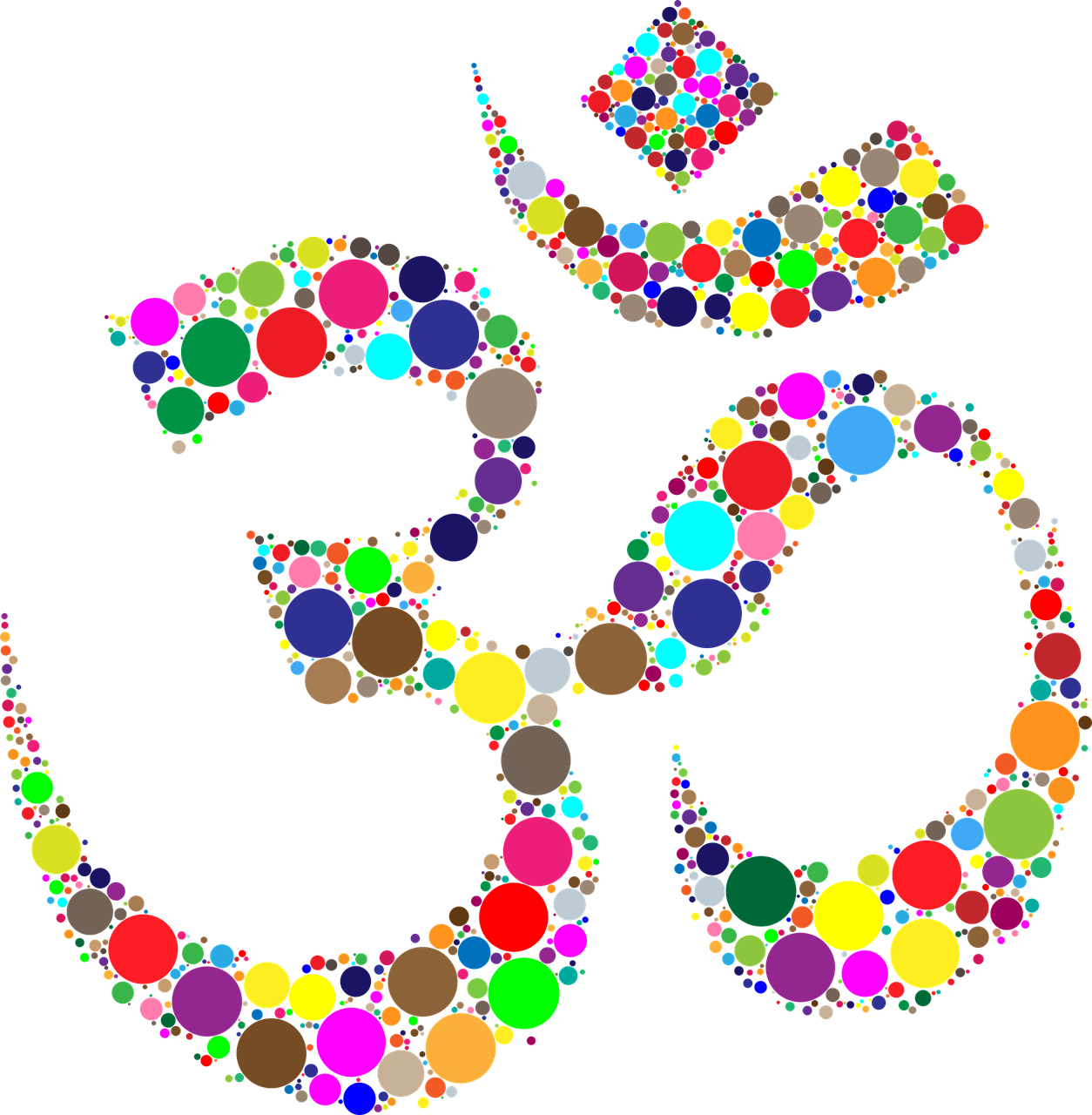Step into the vibrant world of Indian culture and embark on a journey that unveils the fascinating evolution of the Devanagari script. Within this intricate system of writing lies the key to unlocking the linguistic and literary treasures of India. From its origins in the ancient Sanskrit language to its extensive use in classical epics and contemporary literature, the Devanagari script has played a pivotal role in shaping India’s diverse linguistic landscape. Join us as we delve into the rich history and profound significance of this script, celebrating India’s vast and enduring literary heritage.

What is the Devanagari Script?
The Devanagari script is an ancient script primarily used for writing various languages in India. It is known for its ornate and beautiful appearance, with characters that flow together in a harmonious manner. Devanagari is derived from the Brahmi script and has evolved over centuries to become the standard script for languages such as Hindi, Sanskrit, Marathi, and Nepali, among others.
Historical Background
The history of the Devanagari script dates back to ancient times, when writing systems were first developed in the Indian subcontinent. It is believed to have originated from the Brahmi script, which was used in India from as early as the 3rd century BCE. Over time, the Devanagari script emerged as a distinct writing system, characterized by its unique features and adaptations.

Ancient Origins
The Devanagari script finds its roots in the ancient Brahmi script. Brahmi was one of the earliest scripts used in India and was widely employed for inscriptions and manuscripts. The earliest examples of Brahmi writing have been found on rock edicts and pillars belonging to the Mauryan Empire. Over time, Brahmi evolved into various regional scripts, with the Devanagari script being one of them.
Influence of Brahmi Script
The Brahmi script had a significant influence on the development of the Devanagari script. Many of the basic characters and phonetic elements of Brahmi were carried over into Devanagari. However, Devanagari also introduced several unique features and modifications, particularly in terms of vowel representation and conjunct consonants. The influence of Brahmi can still be seen in the structure and overall appearance of Devanagari characters.

Development of Regional Variations
As the Devanagari script spread across different regions of India, it underwent regional variations and adaptations. This resulted in the development of distinct scripts for languages such as Marathi, Nepali, and Gujarati, among others. While these regional variations share similarities with Devanagari, they also have their own unique characters and letterforms. Despite these variations, all these scripts are still considered part of the Devanagari script family.
Medieval Period
During the medieval period in India, the Devanagari script continued to be used extensively for various literary and administrative purposes. It played a crucial role in the development of medieval Indian literature, including Sanskrit epics like the Ramayana and Mahabharata. In addition, the script became more standardized and widely adopted, leading to increased uniformity and ease of use across different regions.
Modifications and Standardization
Over the centuries, the Devanagari script has undergone several modifications and standardization efforts. These changes have aimed to improve the representation of sounds, simplify complex characters, and ensure consistency in writing systems. One significant development was the introduction of diacritic marks and vowel signs, which helped to clarify pronunciation and enhance readability. Standardization efforts have also focused on creating uniformity across different languages that use Devanagari.
Influence of Other Scripts
While the Devanagari script has its origins in the Brahmi script, it has also been influenced by other scripts throughout history. One notable influence is the Arabic script, which arrived in India with the advent of Islam. As a result, Devanagari absorbed certain features and adaptations from the Arabic script, particularly in the representation of sounds that were not present in Sanskrit or other Indian languages.
Usage and Importance
The Devanagari script holds significant usage and importance in India. It is the official script for languages such as Hindi and Nepali, and it is widely employed for administrative, educational, and literary purposes. It is also the main script used for writing Sanskrit, the ancient and sacred language of Hinduism. The script’s popularity and widespread usage have contributed to its recognition as one of the most significant writing systems in the world.
Future Prospects
As India continues to evolve and embrace technological advancements, the Devanagari script is expected to play a crucial role in the digital era. With the increasing accessibility of digital platforms and the internet, the script has the potential to reach a broader audience and facilitate communication across different regions and languages. Moreover, efforts are being made to adapt the script for use in modern technology, including mobile devices and digital fonts, ensuring its relevance and longevity in the coming years.
In conclusion, the Devanagari script stands as a testament to India’s rich linguistic and cultural diversity. Its ancient origins, influence of the Brahmi script, regional variations, and modifications throughout history have shaped it into the prominent script it is today. With its continued usage and importance, as well as its prospects in the digital age, the Devanagari script remains an integral part of India’s identity and heritage.
